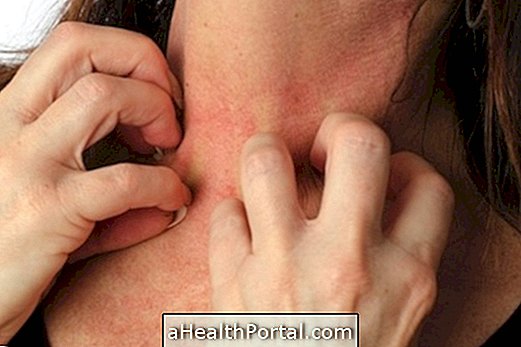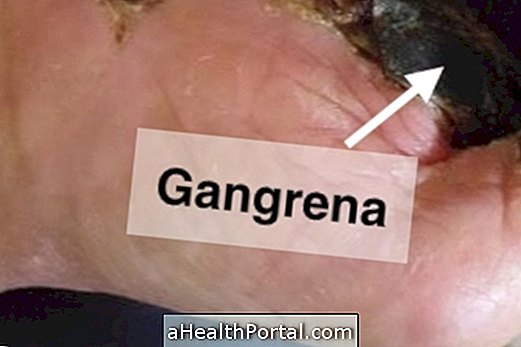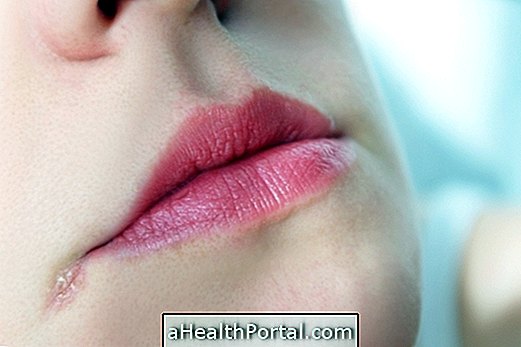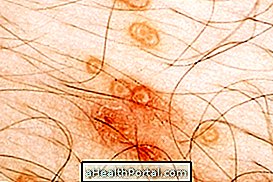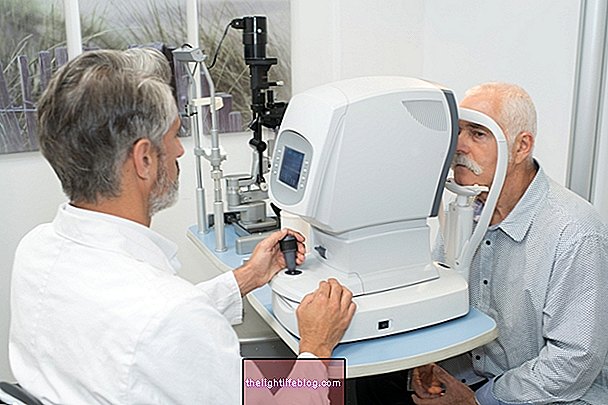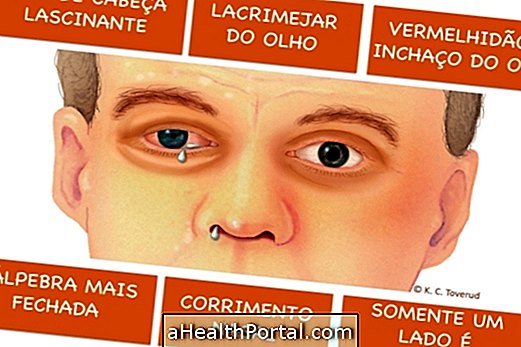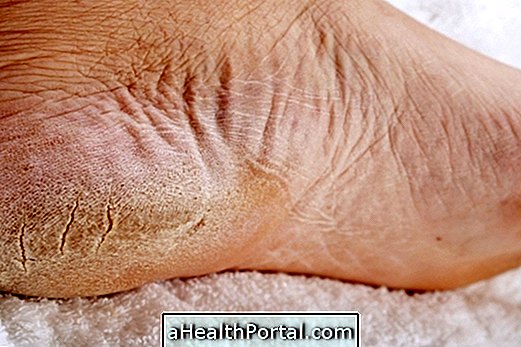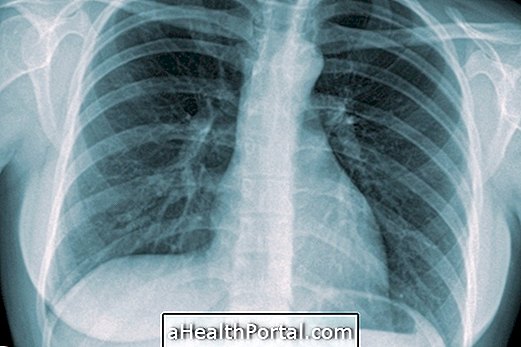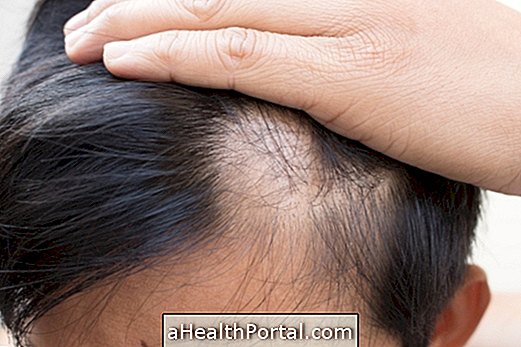Folliculitis is inflammation in the root of the hair leading to the appearance of red balls in the affected region and that can scratch, for example. Folliculitis can be treated at home with the hygiene of the region with antiseptic soap, but it may also be necessary to use specific creams or ointments, which should be recommended by the dermatologist.
Generally, folliculitis is caused by ingrown hairs, but it can also happen due to infection by bacteria or fungi, causing redness in the skin and small acne-like pus-like blisters that cause itching and burning.
Folliculitis is more common in the buttocks, legs, groin, legs, arms and beard, especially in people who wear tight clothing, shave their hair or wear makeup.
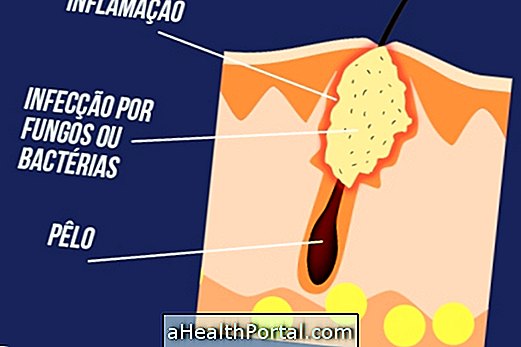
How is the treatment done?
It is important that the treatment for folliculitis is still done in the initial stages so that the inflammation of other regions is avoided. The treatment should be indicated by the dermatologist and is done according to the local folliculitis. It is usually indicated to perform the hygiene of the affected region with an antiseptic soap, such as Protex, for example.
Depending on the region with folliculitis, specific treatments may be indicated, such as:
1. Face and beard
This type of folliculitis is more common in men, especially when removing hair from the beard with a razor blade. In this type of folliculitis there is the appearance of small red marbles on the face that can infect, in addition to redness and itchy face, for example.
How to treat: Folliculitis on the face and beard can be prevented by the use of an electric razor instead of a razor. In addition, if it does not disappear spontaneously, it is recommended to go to the dermatologist so that a cream is indicated, for example, to treat this inflammation.
The treatment usually varies according to the intensity of the symptoms, and can be done with the use of corticoid ointments or antibiotics, when the infection is more serious. It is also interesting to wash the face with cold water or to pass a soothing cream after shaving, for example. In addition to the electric razor, another option capable of decreasing the occurrence of folliculitis is laser hair removal. See other tips for taking beard folliculitis.
2. Scalp
Folliculitis on the scalp is rare but can happen due to the proliferation of fungi or bacteria on the scalp. In more severe cases of folliculitis there may be marked hair loss, also being called folliculitis decalvant or dissecting. This type of folliculitis is also characterized by the appearance of red spots on the hair, which are filled with pus and cause pain, burning and itching.
How to treat: It is important to go to the dermatologist so that the causative agent in folliculitis is identified. In the case of folliculitis caused by fungi, the dermatologist may recommend the use of antifungal shampoo, usually composed of ketoconazole. In the case of folliculitis caused by bacteria, the use of antibiotics, such as Erythromycin or Clindamycin, may be indicated.
It is important to follow the treatment as directed by your doctor and to make regular visits to check the effectiveness of the treatment.
Also know other causes of head injuries.
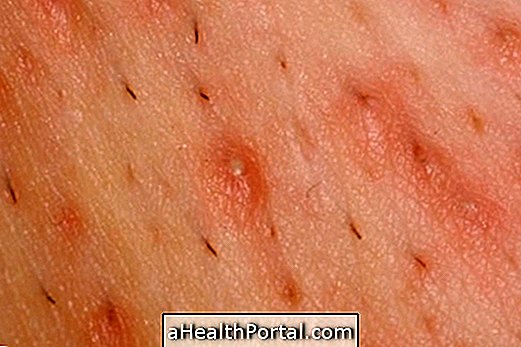
3. Buttocks and groin
Folliculitis that may appear on the buttocks and groin is more frequent in people who regularly attend water-filled environments, such as swimming pools or hot tubs. This is because the buttocks and groins remain moist and wet for longer, which favors the growth of fungi and bacteria in the region, resulting in inflammation of the region's hairs.
How to treat: In these cases it is recommended to keep the area always dry and to use ointments according to the dermatologist's advice, and it is usually recommended to use ointments that contain antibiotics or antifungals in their composition.
Learn how to prevent bath and pool diseases.
4. Legs
Folliculitis in the legs is usually caused by infection with bacteria that are normally present on the skin and can enter into small wounds, which can happen due to epilation for example. In addition to epilation, this type of folliculitis can happen when you wear very tight clothing that rubs against the skin, making hair harder to grow.
How to treat: Folliculitis in the legs should be treated by cleansing the skin with warm water and neutral soap, but it may also be recommended by the dermatologist to use antibiotic ointments for 7 to 10 days to combat the cause of folliculitis.
Know other causes of balls in the skin.
How To Make Homemade Treatment
To help relieve the symptoms of folliculitis, some home treatments that help complete the doctor's treatment include:
- Put a warm compress over the affected area to reduce the itching;
- Soak in neutral soap right after being in the pool, jacuzzi, spa or other public places;
- Do not scratch or prick the pimples.
When the symptoms of folliculitis do not improve after 2 weeks it is recommended to consult the dermatologist again to adjust the treatment.
